Author Photo And Bio
Including Caroline's description of each book.
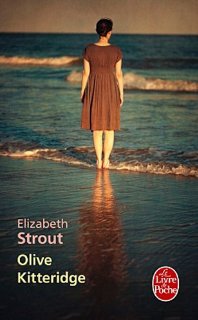 1. Olive Kitteridge by Elizabeth Strout (2008). Prickly Maine denizen Olive Kittridge presides over these stories, and she’s as awful as she is appealing. The novel unspools thirty years of relationships, illuminating small town life in Maine and the pain, panic and yearning of its people. What I love most about this book is that while women writers are sometimes falsely demeaned for not taking on the “big subjects”, Strout has shown there is nothing bigger or more important than the daily wonder of our lives.
1. Olive Kitteridge by Elizabeth Strout (2008). Prickly Maine denizen Olive Kittridge presides over these stories, and she’s as awful as she is appealing. The novel unspools thirty years of relationships, illuminating small town life in Maine and the pain, panic and yearning of its people. What I love most about this book is that while women writers are sometimes falsely demeaned for not taking on the “big subjects”, Strout has shown there is nothing bigger or more important than the daily wonder of our lives.
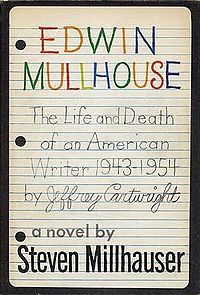 2. Edwin Mullhouse : The Life and Death of an American Writer 1943-1954 by Jeffrey Cartwright by Steven Millhauser (1972). An exuberant parody of a literary biography, Edwin Mullhouse is written by a child, Jeffrey, about his smashingly creative childhood friend, Edwin, the author of “Cartoons.” This book is so sly, so inventive, and so much fun to read, it threatens to combust on the page. At its heart is a dark crime, but the book is really full of clever surprises and it gives one of the best and most accurate portrayals of childhood I’ve ever read.
2. Edwin Mullhouse : The Life and Death of an American Writer 1943-1954 by Jeffrey Cartwright by Steven Millhauser (1972). An exuberant parody of a literary biography, Edwin Mullhouse is written by a child, Jeffrey, about his smashingly creative childhood friend, Edwin, the author of “Cartoons.” This book is so sly, so inventive, and so much fun to read, it threatens to combust on the page. At its heart is a dark crime, but the book is really full of clever surprises and it gives one of the best and most accurate portrayals of childhood I’ve ever read.
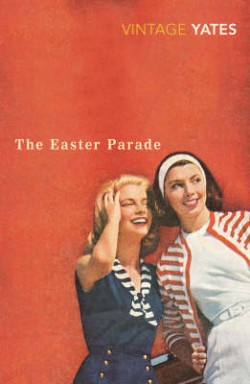 3. The Easter Parade by Richard Yates (1976). Yates is one of my favorite writers, and he really isn’t as well known as he should be. This searing story of two sisters, both destined for unhappiness, and their unfolding lives, is riveting. The novel follows the sisters, children of divorce, over four decades. Sarah settles into an unhappy marriage while Emily is torn by one love affair after another, and her burgeoning job success begins to fade out along with her romantic prospects. The ending, as Emily begins her slow spiral down is shocking and somehow inevitable. Gorgeously written, this book deserves to find a new audience.
3. The Easter Parade by Richard Yates (1976). Yates is one of my favorite writers, and he really isn’t as well known as he should be. This searing story of two sisters, both destined for unhappiness, and their unfolding lives, is riveting. The novel follows the sisters, children of divorce, over four decades. Sarah settles into an unhappy marriage while Emily is torn by one love affair after another, and her burgeoning job success begins to fade out along with her romantic prospects. The ending, as Emily begins her slow spiral down is shocking and somehow inevitable. Gorgeously written, this book deserves to find a new audience.
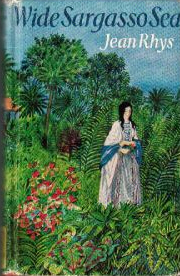 4. Wide Sargasso Sea by Jean Rhys (1966). Suicidal and alcoholic Jean Rhys wrote shatteringly spare books about women being beaten down by life. Rhys takes the classic story of “Jane Eyre” and spins it on its head, telling it from the viewpoint of none other than Mrs. Rochester, the mad wife locked in the attic. Instead of being just the symbolic shadowy presence she was in “Jane Eyre,” she becomes a full-blown fascinating character in her own right. A Creole woman taken away from her beloved Island life, her sexuality repudiated by her husband, she’s torn from the things and the person she loves, and she goes slowly mad. Rhys said the fame this book brought her, at age 70, came too late. Truly, an essential read.
4. Wide Sargasso Sea by Jean Rhys (1966). Suicidal and alcoholic Jean Rhys wrote shatteringly spare books about women being beaten down by life. Rhys takes the classic story of “Jane Eyre” and spins it on its head, telling it from the viewpoint of none other than Mrs. Rochester, the mad wife locked in the attic. Instead of being just the symbolic shadowy presence she was in “Jane Eyre,” she becomes a full-blown fascinating character in her own right. A Creole woman taken away from her beloved Island life, her sexuality repudiated by her husband, she’s torn from the things and the person she loves, and she goes slowly mad. Rhys said the fame this book brought her, at age 70, came too late. Truly, an essential read.
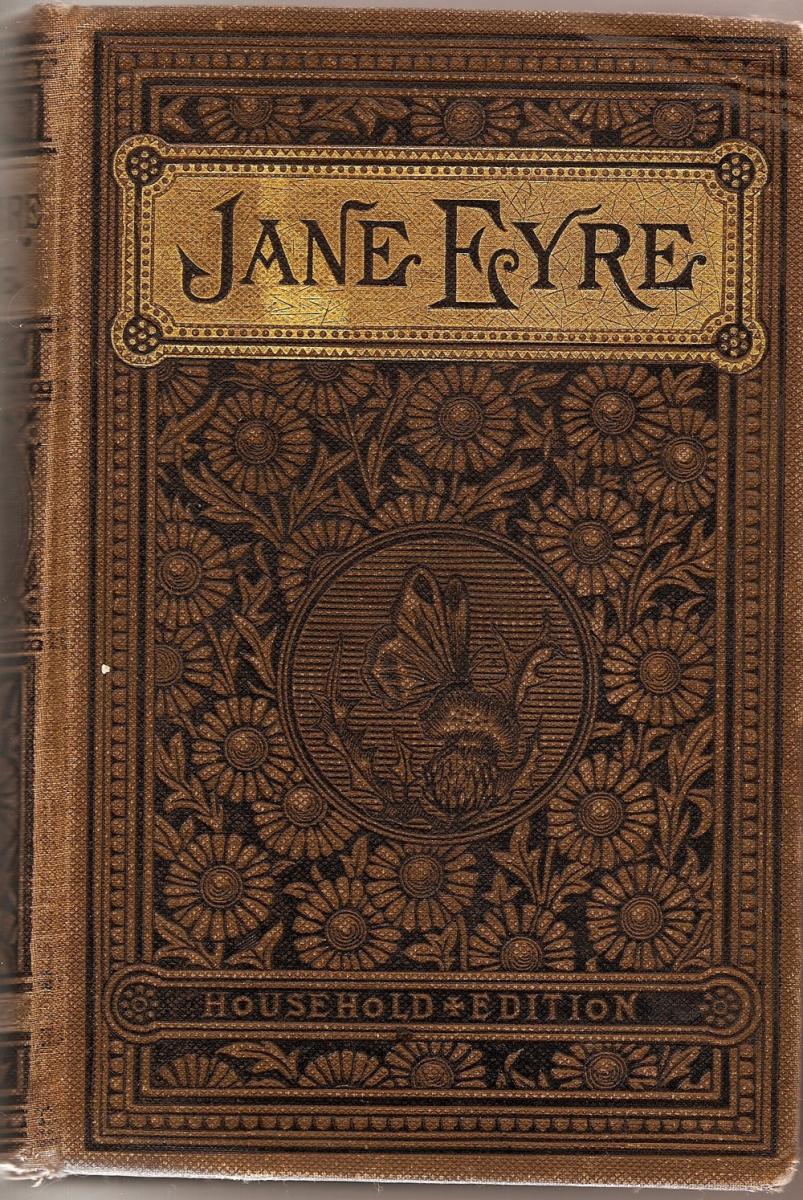 5. Jane Eyre by Charlotte Bronte (1847). The companion to “Wide Sargasso Sea.” Who could not love plain Jane who fights to be seen, heard and respected in a society determined to keep her down and abuse her, or be enthralled by Mr. Rochester, who needs to have his own kind of transformation to be good enough for Jane? Plus, there is that mad wife hidden away in the attic. I think what I love most about this book is that I loved it when I was twelve and I love it now.
5. Jane Eyre by Charlotte Bronte (1847). The companion to “Wide Sargasso Sea.” Who could not love plain Jane who fights to be seen, heard and respected in a society determined to keep her down and abuse her, or be enthralled by Mr. Rochester, who needs to have his own kind of transformation to be good enough for Jane? Plus, there is that mad wife hidden away in the attic. I think what I love most about this book is that I loved it when I was twelve and I love it now.
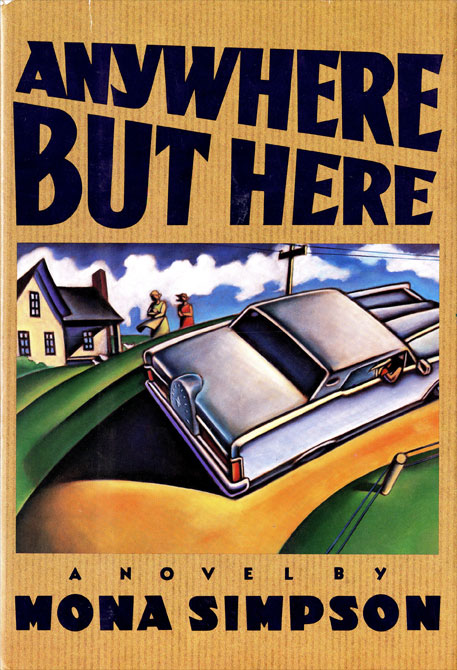 6. Anywhere but Here by Mona Simpson (1986). A manipulative mother intent on making her daughter a star, journeys with her from Wisconsin to California. Along the way, she tries on different men for husband potential and struggles not to let the fantasy become too threadbare when some broad daylight is splashed upon it. Simpson’s book is a gripping portrayal of mother/daughter dynamics, but it’s also the story of a thwarted American dream and the thorny nature of family love and need.
6. Anywhere but Here by Mona Simpson (1986). A manipulative mother intent on making her daughter a star, journeys with her from Wisconsin to California. Along the way, she tries on different men for husband potential and struggles not to let the fantasy become too threadbare when some broad daylight is splashed upon it. Simpson’s book is a gripping portrayal of mother/daughter dynamics, but it’s also the story of a thwarted American dream and the thorny nature of family love and need.
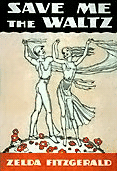 7. Save Me the Waltz by Zelda Fitzgerald (1934). No, it isn’t really great literature, but you’ll never read anything so raw and honest and feverish. Of course, Zelda is not as talented as her husband. She’s way too in love with strings of adverbs and adjectives, and her story is like a funhouse mirror, but “Save Me the Waltz” unveils the story of Zelda’s life that her husband plundered for his own work. It’s heartbreakingly sad even though it means to be a glamorous tale of a flapper/ballerina, and it gives a window into a tormented and talented woman who was never allowed to fulfill her own great expectations.
7. Save Me the Waltz by Zelda Fitzgerald (1934). No, it isn’t really great literature, but you’ll never read anything so raw and honest and feverish. Of course, Zelda is not as talented as her husband. She’s way too in love with strings of adverbs and adjectives, and her story is like a funhouse mirror, but “Save Me the Waltz” unveils the story of Zelda’s life that her husband plundered for his own work. It’s heartbreakingly sad even though it means to be a glamorous tale of a flapper/ballerina, and it gives a window into a tormented and talented woman who was never allowed to fulfill her own great expectations.
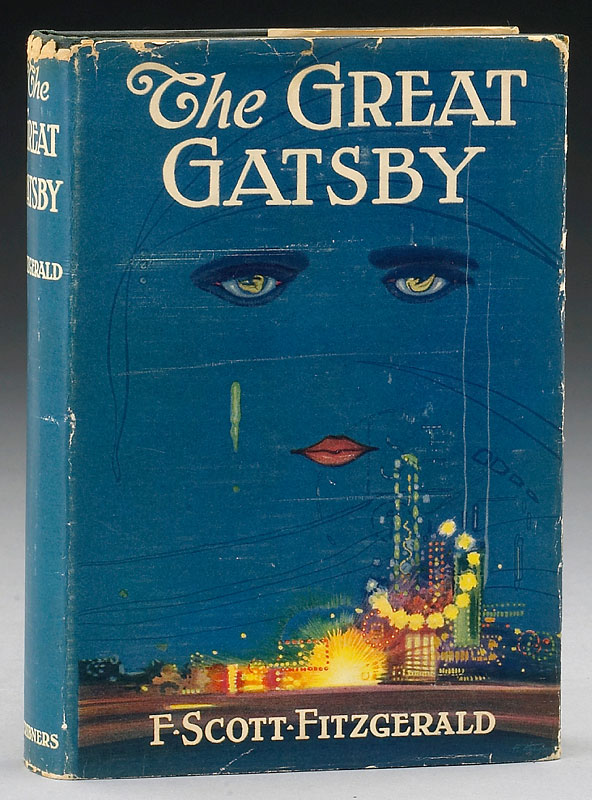 8. The Great Gatsby by F. Scott Fitzgerald (1925). Who can forget the haunting last line about our being boats beating back against the sea, trying to get back to the past? I first read this in high school and hated it, thanks to an uninspired teacher, but reading it again as an adult, I was struck by how perfect a book it is. Gatsby’s pining for Daisy is palpable. The careful details—the eyeglasses at the end of the pier, Daisy exclaiming over all of Gatsby’s beautiful shirts, when really, she should have been exclaiming over him—well, it’s all heartbreaking commentary of the lives of the rich, who Fitzgerald knew, were different.
8. The Great Gatsby by F. Scott Fitzgerald (1925). Who can forget the haunting last line about our being boats beating back against the sea, trying to get back to the past? I first read this in high school and hated it, thanks to an uninspired teacher, but reading it again as an adult, I was struck by how perfect a book it is. Gatsby’s pining for Daisy is palpable. The careful details—the eyeglasses at the end of the pier, Daisy exclaiming over all of Gatsby’s beautiful shirts, when really, she should have been exclaiming over him—well, it’s all heartbreaking commentary of the lives of the rich, who Fitzgerald knew, were different.
 9. The World According to Garp by John Irving (1978). I first found this book when I was stuck in a miserable first marriage and living in Pittsburgh, a city that seemed to hate me. To say this book rescued my life is an understatement. A wild and wooly tale of a writer and the characters in his life, the book is filled with joy and surprise after surprise. Irving zips through story lines, blending comedy with tragedy, for a wild, painful, exuberant ride of a novel.
9. The World According to Garp by John Irving (1978). I first found this book when I was stuck in a miserable first marriage and living in Pittsburgh, a city that seemed to hate me. To say this book rescued my life is an understatement. A wild and wooly tale of a writer and the characters in his life, the book is filled with joy and surprise after surprise. Irving zips through story lines, blending comedy with tragedy, for a wild, painful, exuberant ride of a novel.
 10. Wuthering Heights by Emily Bronte (1847). I know, another Bronte sister. What’s so astonishing about this book is how Hollywood perverted the story. Heathcliff is not a bad boy with a heart of gold. Catherine is not the dazzling Merle Oberon. As written, these two tragic lovers are ferocious, nasty, cruel, and they do indeed deserve each other, but their love is more like a killer flu than the proverbial bed of roses. The book is a dark, daring and unforgettable story of uncontrollable passion and the thin line between love and hatred.
10. Wuthering Heights by Emily Bronte (1847). I know, another Bronte sister. What’s so astonishing about this book is how Hollywood perverted the story. Heathcliff is not a bad boy with a heart of gold. Catherine is not the dazzling Merle Oberon. As written, these two tragic lovers are ferocious, nasty, cruel, and they do indeed deserve each other, but their love is more like a killer flu than the proverbial bed of roses. The book is a dark, daring and unforgettable story of uncontrollable passion and the thin line between love and hatred.